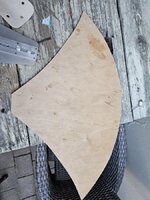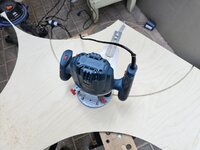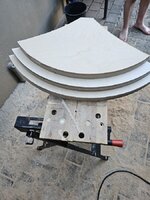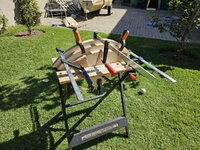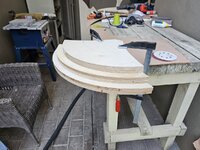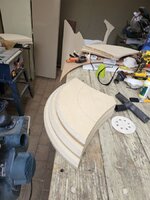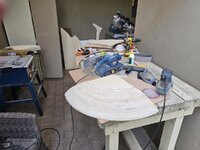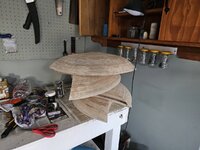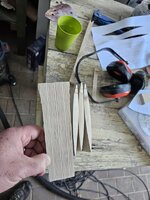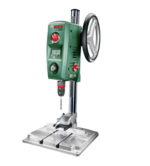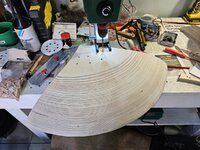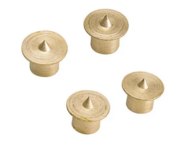naboo
Well-known member
Ever since seeing them for the first time on this forum, I have known that there would come a time for me to build a pair of these horns. That time came a bit quicker than I thought, and this thread will document the effort. I could find very few examples of how this is done, so I hope this helps some poor sods in future when they attempt something similar.
The horn was first documented around 1989 with instructions ina magazine. The "official" site is down, this is the best source at the moment:
It contains the original drawings with some (very small) pictures of a build example. This is what I use for the build.
I guess the lack of examples is because CNC is no longer out of reach of most people. I considered cnc'ing for some time, but eventually decided that I would enjoy (yeah, right) the challenge of building it by hand.
The horn was first documented around 1989 with instructions ina magazine. The "official" site is down, this is the best source at the moment:
It contains the original drawings with some (very small) pictures of a build example. This is what I use for the build.
I guess the lack of examples is because CNC is no longer out of reach of most people. I considered cnc'ing for some time, but eventually decided that I would enjoy (yeah, right) the challenge of building it by hand.
